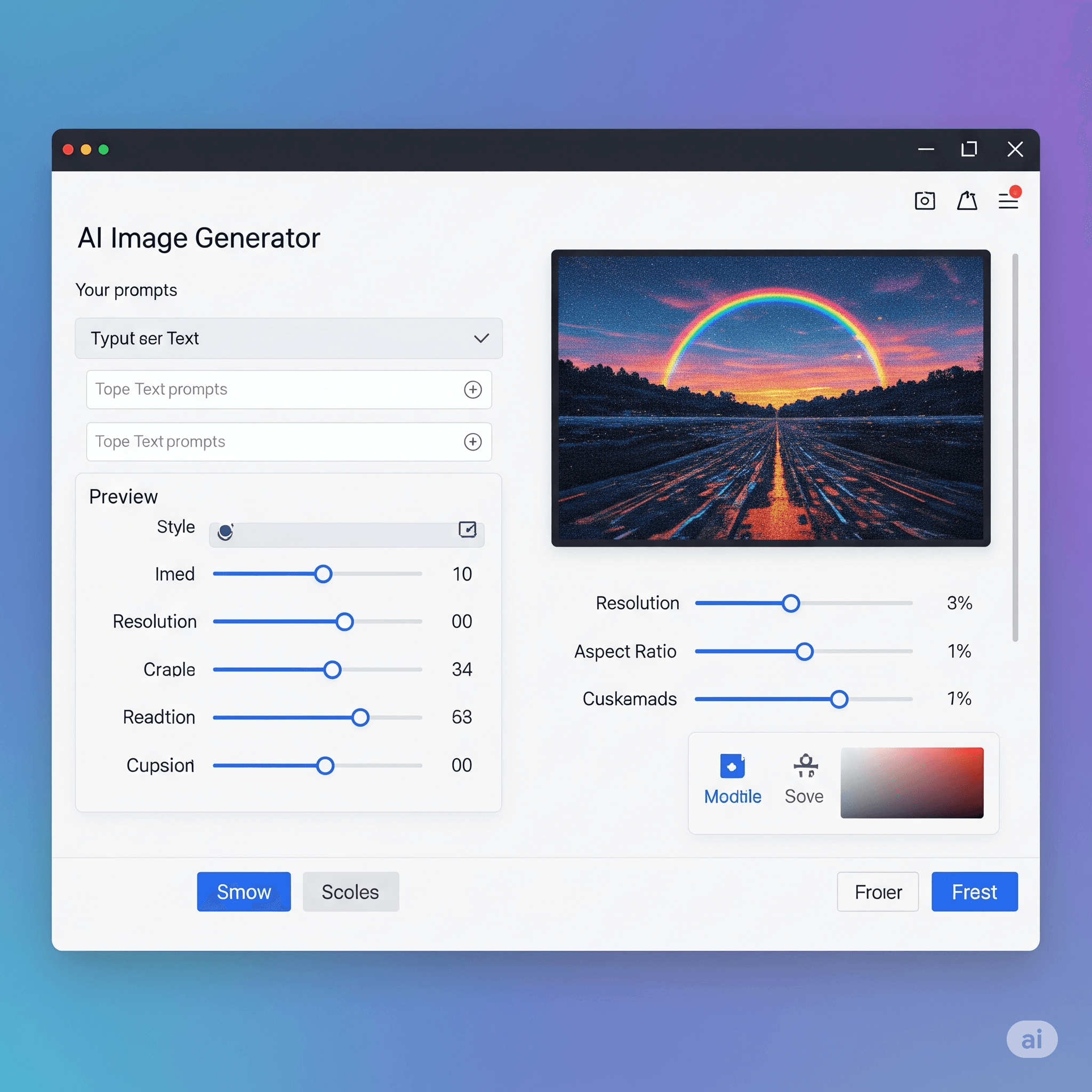Question: TCP uses _________________ to check the safe and sound arrival of data.
Answer:
- TCP (Transmission Control Protocol) uses acknowledgments (ACKs) to check the safe and sound arrival of data. After sending each segment, the sender waits for an ACK from the receiver to confirm that the segment has been received correctly. If the sender does not receive an ACK within a certain time interval, it retransmits the segment.
- The ACK mechanism is used by TCP to provide reliable data transfer, which means that TCP guarantees that the data sent by the sender is received correctly by the receiver, without any errors or losses, and in the same order as it was sent. The use of ACKs allows TCP to detect and recover from any errors or losses that occur during transmission, by retransmitting the lost or damaged segments until they are received correctly.
- In addition to ACKs, TCP also uses sequence numbers to identify the position of each segment in the data stream and to detect out-of-order delivery. The sequence numbers are included in the TCP header and are used by the receiver to reorder the segments if they arrive out of order.
- Together, the ACKs and sequence numbers make TCP a highly reliable transport protocol, suitable for applications that require accurate and complete data transfer, such as file transfer, email, and web browsing.
MCQ: TCP uses _________________ to check the safe and sound arrival of data.
Correct Answer:
A. an acknowledgment mechanism
Explanation:
- TCP (Transmission Control Protocol) uses acknowledgments (ACKs) to check the safe and sound arrival of data. After sending each segment, the sender waits for an ACK from the receiver to confirm that the segment has been received correctly. If the sender does not receive an ACK within a certain time interval, it retransmits the segment.
- The ACK mechanism is used by TCP to provide reliable data transfer, which means that TCP guarantees that the data sent by the sender is received correctly by the receiver, without any errors or losses, and in the same order as it was sent. The use of ACKs allows TCP to detect and recover from any errors or losses that occur during transmission, by retransmitting the lost or damaged segments until they are received correctly.
- In addition to ACKs, TCP also uses sequence numbers to identify the position of each segment in the data stream and to detect out-of-order delivery. The sequence numbers are included in the TCP header and are used by the receiver to reorder the segments if they arrive out of order.
- Together, the ACKs and sequence numbers make TCP a highly reliable transport protocol, suitable for applications that require accurate and complete data transfer, such as file transfer, email, and web browsing.
Discuss a Question
Related Questions
- 1. The bytes of data being transferred in each connection are numbered by TCP. The numbering starts with a __________________.
- 2. In TCP, the sequence number for each segment is the number of the _______ byte (virtual byte) carried in that segment.
- 3. Communication in TCP is ___________.
- 4. In TCP, the value of the acknowledgment field in a sent segment defines the sequence number related to the ______ byte a party expects to receive next.
- 5. The inclusion of the checksum in the TCP segment is ________.
- 6. In TCP, a SYN segment consumes _____ sequence number(s).
- 7. In TCP, a SYN + ACK segment consumes _____ sequence numbers.
- 8. In TCP, an ACK segment, if carrying no data, consumes ______ sequence number(s).
- 9. The connection establishment procedure in TCP is susceptible to a serious security problem called the _________ attack.
- 10. The SYN flooding attack belongs to a group of security attacks known as a _____ attack.
You may be interested in:
Computer Networking MCQs






